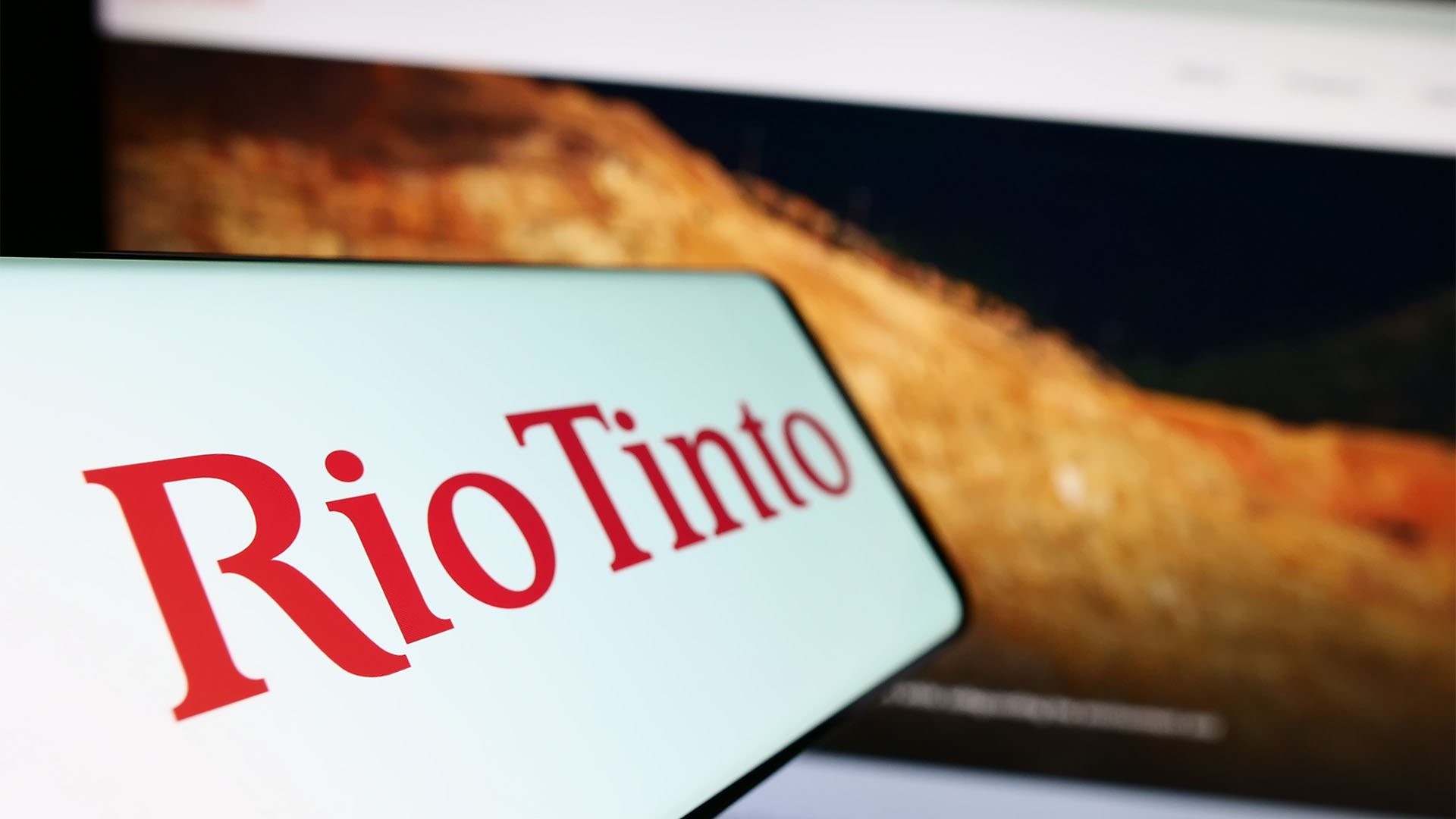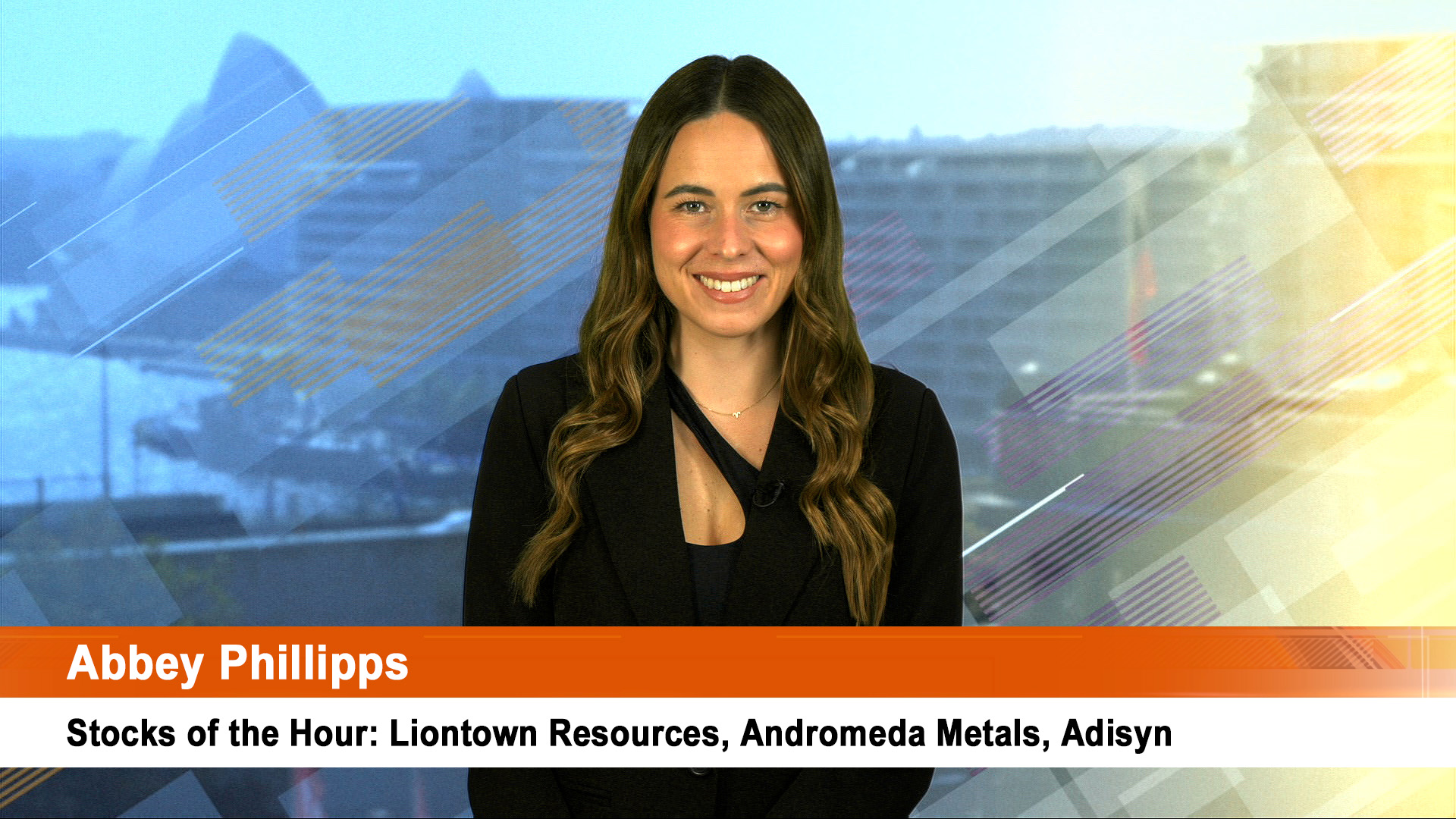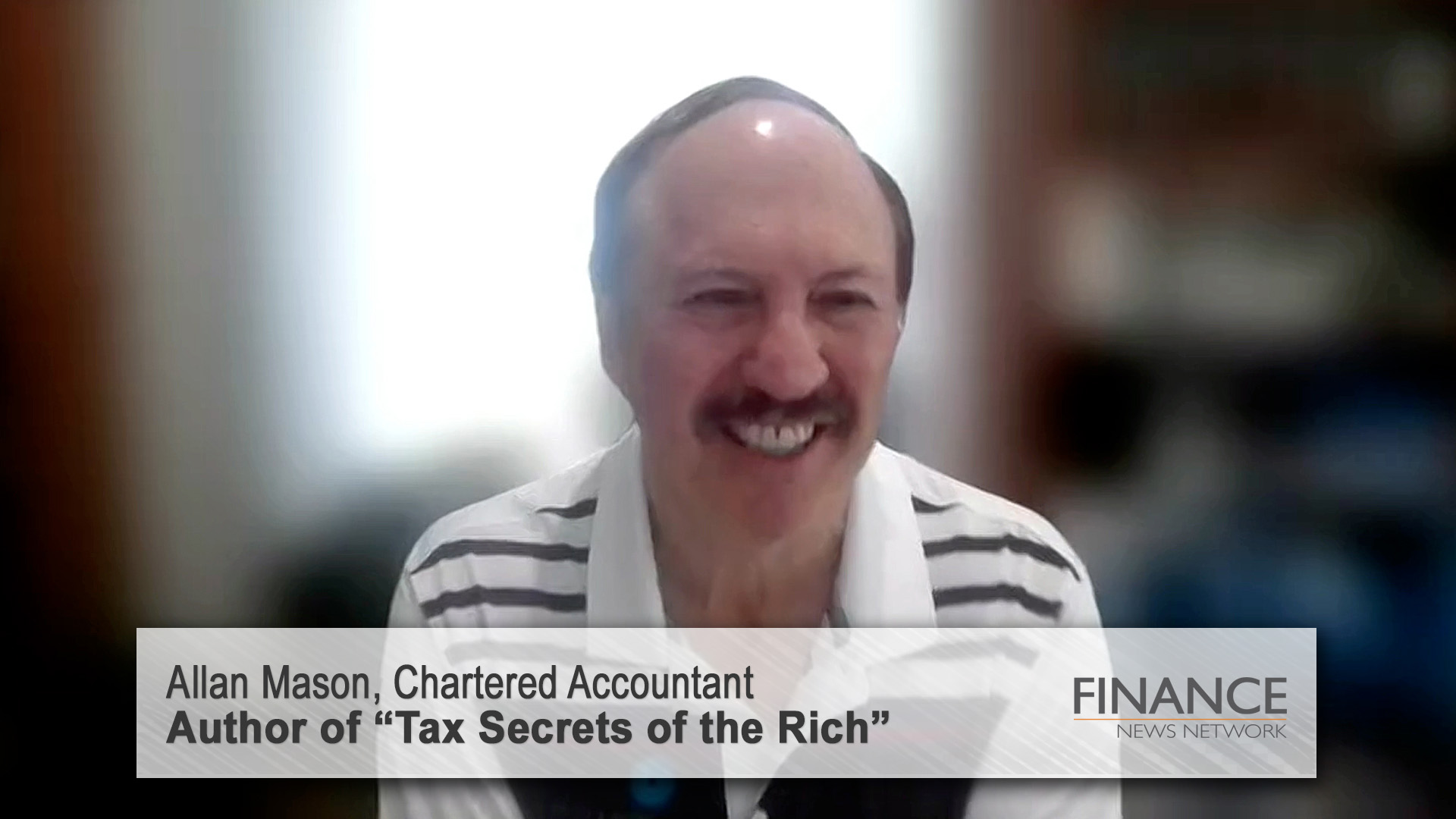The Australian economy is in danger of slowing to the point where it drops into what’s called a growth recession, where a weak and sluggish domestic economy is only supported by the still strong export sector, thanks to rising prices for exports of iron ore, coking and thermal coal, oil and gas.
Some economists reckon the chances of this happening leapt this week from around 5% to 40% because of the sharper than expected slowing in June for private credit, building approvals and retail sales.
There’s now growing concern that economic growth, which was running at 3.7% in the March quarter, might have contracted much more sharply than expected in the June quarter.
The strong bounce in the trade figures will help cushion the blow, as will better conditions in rural Australia, but the rest of the economy is tanking.
The National Australia Bank’s quarterly business survey at the start of the weak picked up the fact that June was a miserable month for any business involved in consuming, but it couldn’t have anticipated the worst retail sales performance for six years, at two year low for building approvals (and more in NSW where the number of approvals was the lowest for decades).
It saw domestic non-mining, non-farm growth hitting 1% next year. Judging by the retail sales, credit and building approvals, that level could be reached sooner than the NAB thinks.
The only bright spot is our trade performance which continues to rebound as higher oil, gas, iron ore and coal export prices cascade through the trade account.
But there’s even a small niggle about that. It’s horribly concentrated in the iron and steel industry and in energy: and both could be hurt by slowing world demand and economies turning down.
But the iron and steel industry, from mine to production and processing, is looking like an emerging bubble, given the bullishness of the outlook by BHP Billiton, Rio Tinto, AcelorMittal (the world’s biggest steel group) and by two big deals in North America in the past 10 days (see accompanying story).
That holds out the prospect that slowing economies in Asia, the US, Europe, India, China and Russia could very well prick that bubble and undermine our one successful sector.
An 80% drop in the interim profits for the company called Alumina, which owns 40% of the alumina and bauxite business of Alcoa, reported yesterday, was blamed on a sharp rise in energy, shipping and finance costs that ate up much of the strongish prices for the company’s products (although aluminium has sagged as supply outstrips demand).
Profit during the six months to June 30 fell to $43.8 million, from $284.3 million in the same period in 2007, thanks to those higher energy costs and freight rates, and a weaker US dollar.
Underlying earnings fell 44% over the same period to $151.7 million.
Energy costs in Australian have risen after the Varanus Island gas explosion in Western Australia last month curtailed the supply of gas and forced many mining companies to use expensive diesel or seek alternative fuel to power their operations.
Alumina will not be the last mining and resource company to blame higher costs and poor prices for earnings weaknesses.
In Australia even higher interest rates and rising oil prices are attacking the finances of the mining sector. Several small companies have already closed mines or curtailed production and or development work.
For consumers and many businesses higher rates and prices, falling consumer confidence and the stockmarket turmoil are forcing consumers to cut spending in shops, businesses and on houses and business to cut back on production and purchases and they will eventually hack into employment.
The June retail sales, credit and building approvals figures underline how out of whack the strongish jobs figures for the month were.
We will get an update on July’s figures in about two weeks. (And tonight we will get an update from the US on employment for July, with another 70,000 jobs estimated to have been lost and more than half a million in all since January.)
But the level of activity among consumers especially, is slowing the economy faster than expected by commentators. This means a rate cut could now come late this year if the sharp slump in retail sales (1% last month) and the continuing slide in building approvals, continues for much longer.
On top of this, consumers slashed their spending in June with the annual growth in personal credit falling sharply as they cut back across the board.
Retail sales slumped 1% in June from May, the biggest fall in six years since 2002. That added to the downward momentum from falling building approvals and a further slowing in the growth in private credit in June.

Total credit provided
to the private sector by financial intermediaries rose by 0.4% over June 2008, following a rise of 0.5% over May. Over the year to June, total credit rose by 11.7% according to the Reserve Bank figures, compared with the 13.3% growth rate in May.
That’s the slowest growth rate for credit since 1997, according to preliminary figures and saw a further slowing in the growth of housing credit to 0.6%, the lowest monthly figure since 1996 and an annual growth rate of 9.9%, the lowest for more than a decade.

Personal credit contracted 0.4% in June from May’s 0.5% rise, cutting growth to just 4.1% in the year to June, more than half the annual 8.8% rate for the May year.
That backs up figures from the RBA last week of a fall in credit card transactions. Business lending rose in June by 0.5% compared to 0.3% in May, but the annual growth rate s













